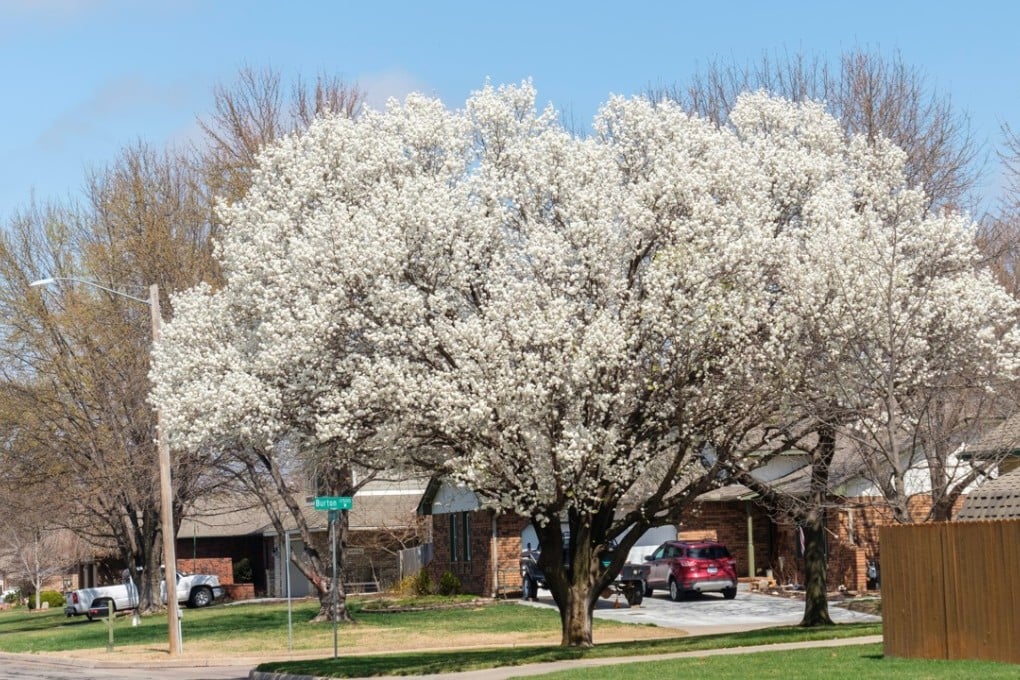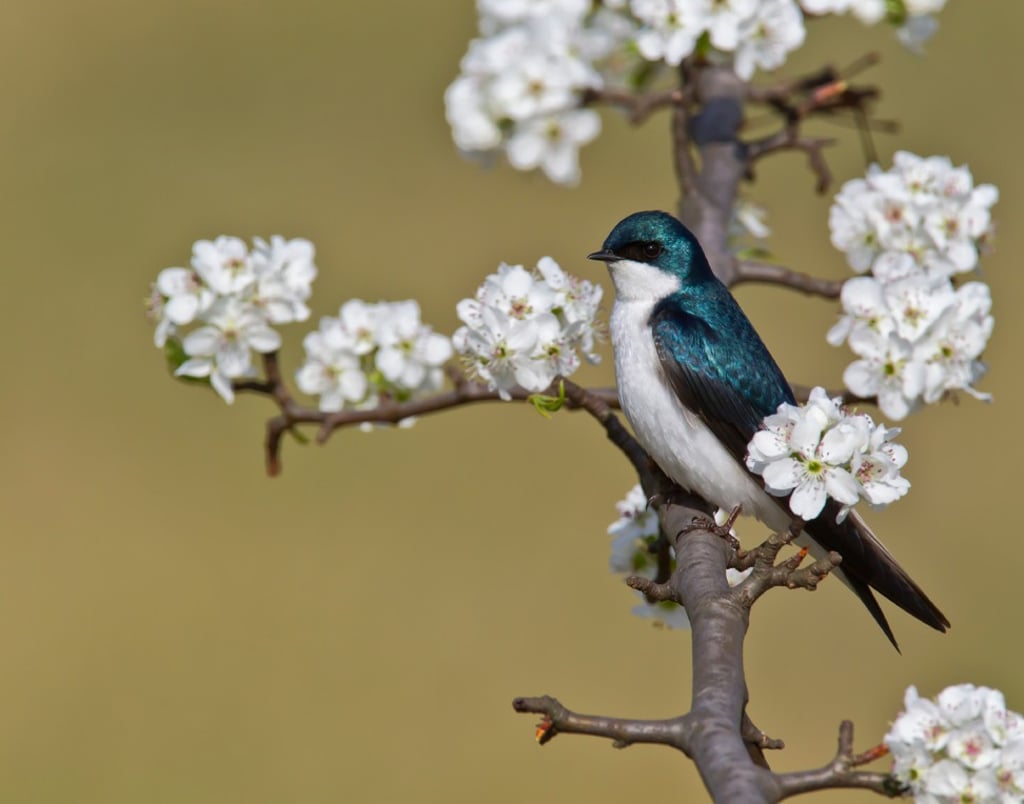Using Chinese seeds, American scientists thought they had created the dream tree. Then it grew into a nightmare
A handsome pear seedling, once embraced as the ubiquitous tree of post-war suburban America, has turned aggressively invasive from Texas to New York

Carole Bergmann parks her SUV in the Montgomery County town of Germantown, in the American state of Maryland, and takes me to the edge of an expansive meadow. A dense screen of charcoal-grey trees stands between the open ground and several houses. The trees are callery pears, escaped offspring of roadside trees in the neighbourhood. With no gardener to guide them, the spindly wildlings form an impenetrable thicket of dark twigs, with seven-centimetre thorns.
Bergmann, a field botanist with the Montgomery County Parks Department, extricates herself from the thicket andpoints out that what I took to be blades of grass are actually shoots of trees, mowed to be just a few centimetres high. There are countless thousands of them, hiding in plain sight. If it were not cut back once a year, the meadow would become like the adjacent acre upon acre of black-limbed and armoured trees worthy of Sleeping Beauty’s castle.
“You can’t mow this once and walk away,” says Bergmann, who began her 25-year career as a forest ecologist, but has been consumed by an ever-pressing need to address the escape of the invasive Bradford pear and other variants of callery pear, a species that originated in China.
The United States Agriculture Department scientists who gave the country the Bradford pear thought they were doing something wonderful. Instead, they delivered an environmental time bomb that has now exploded.

And it flourished everywhere – in poor soil, wet or dry, acidic or alkaline. It shrugged off pests and diseases. Millions of Bradford pears would be planted from California to Massachusetts and would come to signal the aspirations of post-war suburbia. Like the cookie-cutter suburbs themselves, the Bradford pear would embody that quintessentially American idea of mass-produced uniformity.
But like a comic book super-villain who had started off good, the Bradford pear crossed over, turning from thornless to spiky, tame to feral. Worst of all, it became invasive and is now an ecological marauder destined to continue its spread for decades. Generations yet to be born will learn to hate this Asian invader.